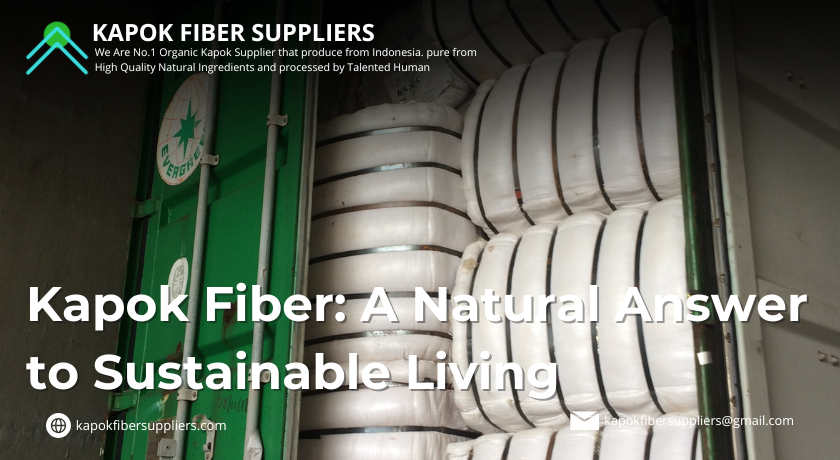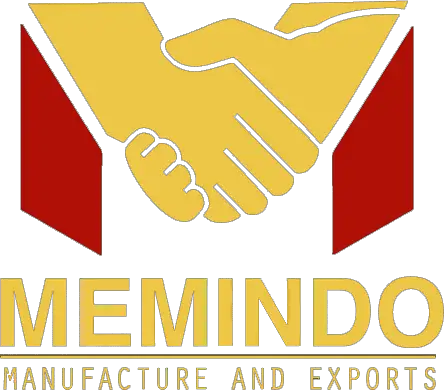
- Understanding Kapok Fiber
- Key Benefits of Kapok Fiber
- Applications of Kapok Fiber
- Why Kapok is the Material of the Future
- The Role of Kapok in Waste Reduction
- Final Thoughts
- What is kapok fiber?
- Why is kapok considered a sustainable material?
As the world shifts toward greener choices, industries are searching for materials that combine performance, safety, and sustainability. One such material gaining global recognition is kapok fiber a natural, renewable, and eco-friendly alternative that holds the power to transform multiple industries.
Understanding Kapok Fiber
Kapok comes from the seed pods of the Ceiba pentandra tree, native to tropical regions. Inside these pods are silky, lightweight fibers that are naturally hollow. This unique structure gives kapok its buoyant, insulating, and resilient qualities making it an excellent natural filling material.
Unlike many agricultural crops, kapok trees require little to no maintenance. They thrive without fertilizers, pesticides, or intensive irrigation, making kapok production not only sustainable but also highly eco-efficient.
Key Benefits of Kapok Fiber
- Eco-Friendly by Nature
Kapok is 100% biodegradable and leaves no harmful residue behind. Unlike synthetic fibers that contribute to microplastic pollution, kapok naturally decomposes without harming soil or water systems. - Lightweight and Buoyant
With its hollow structure, kapok is eight times lighter than cotton. This makes it highly suitable for bedding, fashion, and even life-saving flotation devices. - Naturally Hypoallergenic
Kapok resists dust mites, bacteria, and mold, ensuring safer and cleaner comfort for sensitive users. - Thermal Insulation
Its natural air pockets provide excellent insulation, keeping warmth during cold conditions while remaining breathable in warmer climates. - Water-Resistant
Thanks to its natural wax coating, kapok fibers repel water offering durability in humid environments.
Applications of Kapok Fiber
Kapok’s versatility has made it a sought-after material in diverse industries:
- Bedding & Mattress → pillows, mattresses, and comforters that are soft yet supportive.
- Fashion & Outerwear → eco-friendly insulation for jackets and coats.
- Furniture → cushions, sofas, and beanbags with a natural touch.
- Packaging & Green Solutions → biodegradable filling materials replacing plastic foam.
- Marine Uses → flotation devices due to its buoyant properties.
Why Kapok is the Material of the Future
In an era where customers demand both luxury and responsibility, kapok provides a rare balance. It allows companies to market products as eco-conscious while still offering the comfort and performance consumers expect.
Brands that adopt kapok not only reduce their environmental impact but also gain a competitive advantage by appealing to the eco-conscious consumer base a market segment that continues to grow worldwide.
The Role of Kapok in Waste Reduction
Synthetic fibers and foam contribute massively to landfill waste and microplastic pollution. By choosing kapok, manufacturers can significantly reduce waste generation. Since kapok is fully natural and compostable, it ensures a closed-loop lifecycle that supports circular economy practices.
Final Thoughts
Kapok fiber is not just another natural product it’s a sustainable revolution. Its combination of lightweight comfort, durability, and biodegradability makes it an ideal material for industries looking to embrace sustainability without compromising quality.
For businesses, adopting kapok means more than using an alternative fiber it’s about aligning with a greener vision of the future.
📌 Your Trusted Kapok Fiber Supplier
If you’re looking for premium-quality kapok fiber for international markets, partner with the experts:
CV. Media Mitra Indonesia
📍 JL. Ir. Soekarno No. 122, Kota Batu, Jawa Timur, Indonesia
📧 kapokfibersuppliers@gmail.com | 📞 +62 859-3313-3244
🌐 kapokfibersuppliers.com | kapokfibre.com
FAQ
What is kapok fiber?
Kapok fiber is a natural, silky-soft material harvested from the seed pods of the Ceiba pentandra tree. Known for its lightweight and buoyant properties, it has been traditionally used in pillows, mattresses, and life vests.
Why is kapok considered a sustainable material?
Kapok grows wild without the need for irrigation, pesticides, or fertilizers, making it one of the most environmentally respectful fibers. The harvesting process involves collecting the fiber from naturally fallen seed pods, ensuring that the trees remain unharmed and the ecosystem is preserved.

